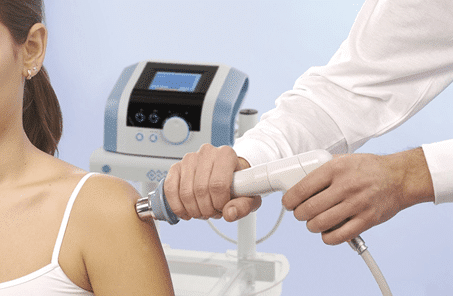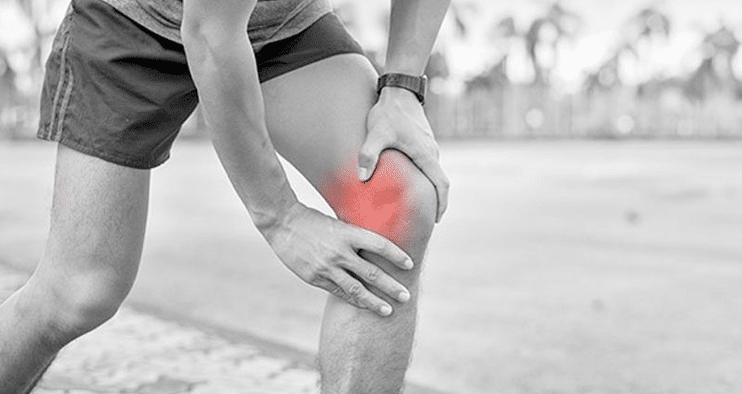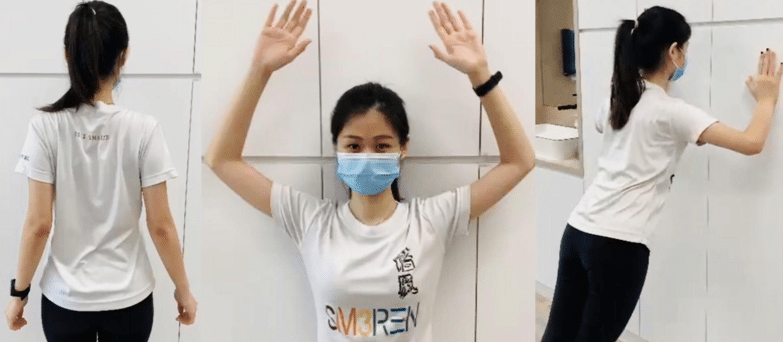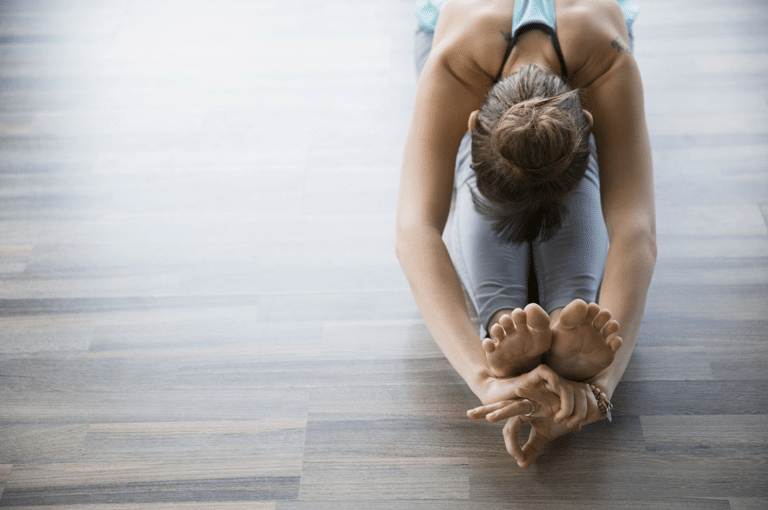Introducing Shockwave therapy in Rapid Physiocare
Shockwave Therapy for Pain Relief: How does it work? Shockwave Therapy is a non-invasive treatment that involves a series of low energy acoustic wave pulsations that are directly applied to an injured area with subacute to chronic conditions. It helps promote tissue healing by improving localise circulation and in the long run, reduces pain. Read on to find out more about How Shockwave Therapy works, Conditions that can benefit from Shockwave Therapy,
How to Fix Sore Knees with Exercise!
Often, there will be some pain and swelling following a knee injury, or when you have conditions such as Osteoarthritis, Iliotibial Band Syndrome or Patellofemoral Pain Syndrome. Pain and swelling are not to be taken lightly as it may lead to weakness and atrophy of the thigh muscle (Vastus Medialis Oblique/ VMO). Eventually it may affect one’s ability to walk normally and climb the stairs. It would therefore be of utmost
3 simple exercises to “activate” your shoulder!
Are you involved with sports or activities that places a strain on your shoulders? That slight niggle or ache may be a first sign of a symptomatic shoulder. Read on to find out what the shoulder complex encompasses, the potential sources of pain and more about some simple exercises you can start to prevent shoulder pain. What does the shoulder comprise of? Shoulder, one of the most complex and mobile joints in the human
To Stretch or Not to Stretch?
There is a clear distinction between a tight and a loose sensation felt when performing a stretch. But what if you felt worse after stretching a “tight muscle”? Do you really need to stretch then? This week we delve more into the anatomy and physiology of stretching to answer the question: “To Stretch or Not To Stretch?” What are we really stretching? Muscle: a soft tissue structure that helps contract to move









